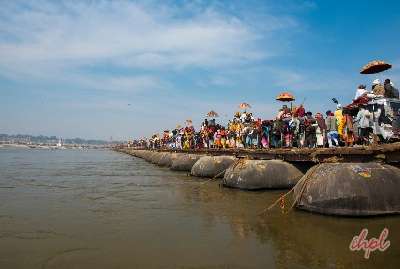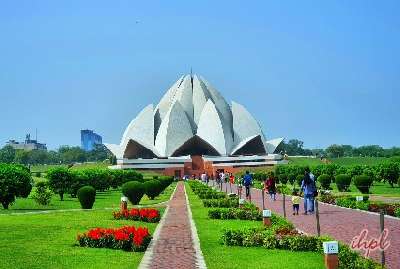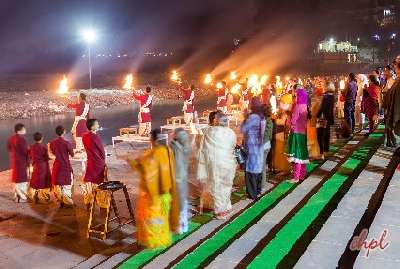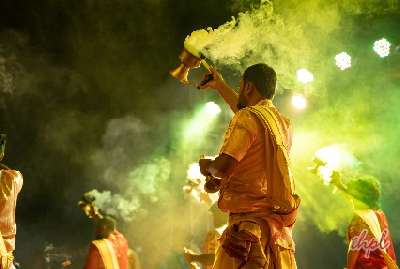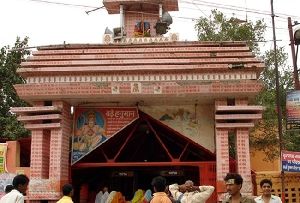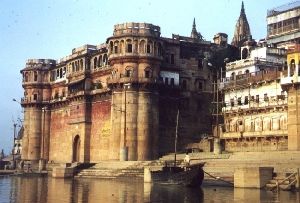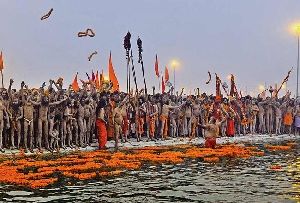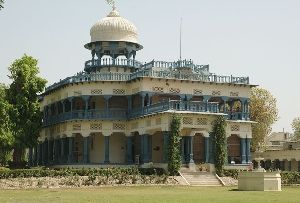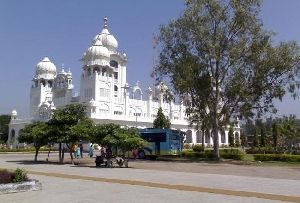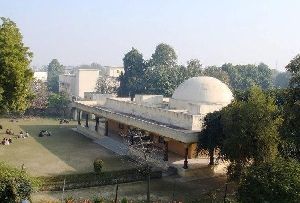The largest peaceful gathering on earth, Kumbh Mela is attended by about a 100 million people following Hinduism, or even other religious practices. Its intensity itself is a testimony of its rich significance for Hindus. The festival is held at one of the four venues (Nasik, Allahabad, Ujjain and Haridwar), every third year. Thus every venue gets to host the festival in a gap of twelve years. Ardh Kumbh takes place in the sixth year and only at two places (Haridwar and Allahabad). A popular author, Mark Twain once wrote these few lines about Kumbha Mela after his visit to the fair “It is wonderful, the power of a faith like that, that can make multitudes upon multitudes of the old and weak and the young and frail enter without hesitation or complaint upon such incredible journeys and endure the resultant miseries without repining…”
History of Kumbh Mela:
Kumbha Mela has its origin datable to the era when Godheads (devtas) and demons (asuras) lived on planet Earth. Devtas were bound by a curse which could make them weak. That’s when Brahma (the creator) suggested the godheads that in order to attain the elixir of immortality they need to churn the Milky Ocean. Mandara Mountain was used as the churning rod on which kumbh (pot) was placed and Vasuki (king of serpents) acted as a rope for the same. The nectar of immortality inside the pot was recovered from Samudramanthan. Gods were holding the tails of Vasuki and demons held the head of the serpent. The churning continued for one thousand years.
As the elixir of immortality was produced it was secretly entrusted to Lord Surya, Lord Chandra, Lord Brahaspati and Lord Shani, to ensure its safety. As soon as demons got to know about the conspiracy regarding elixir of immortality they rushed to attack gods. Devtas were getting chased by asuras as they attempted to hide the Kumbh at a safe place. The chase-game continued for twelve days, which is equal to 12 years for humans. During this chase, the droplets of elixir of immortality spilled from the kumbh and fell at four places- Nasik, Haridwar, Allahabad and Ujjain. And these are the four locations where the popular Kumbh ka Mela takes place.
How Kumbh Mela is celebrated (rituals):
Main ritual of Kumbh Mela is bathing in the holy rivers. Hindus take a dip or submerge themselves in the holy water in the venue. It is believed that if this act is performed by a person on the day of the new moon, his and his ancestors’ sin get absolved and they attain freedom from the cycle of birth and death. Right from 3 AM pilgrims start to gather for taking the dip. As soon as the sun sets, different groups of sadhus start the rituals in the river. After this, the people wear fresh clothes and worship beside the river bank.



